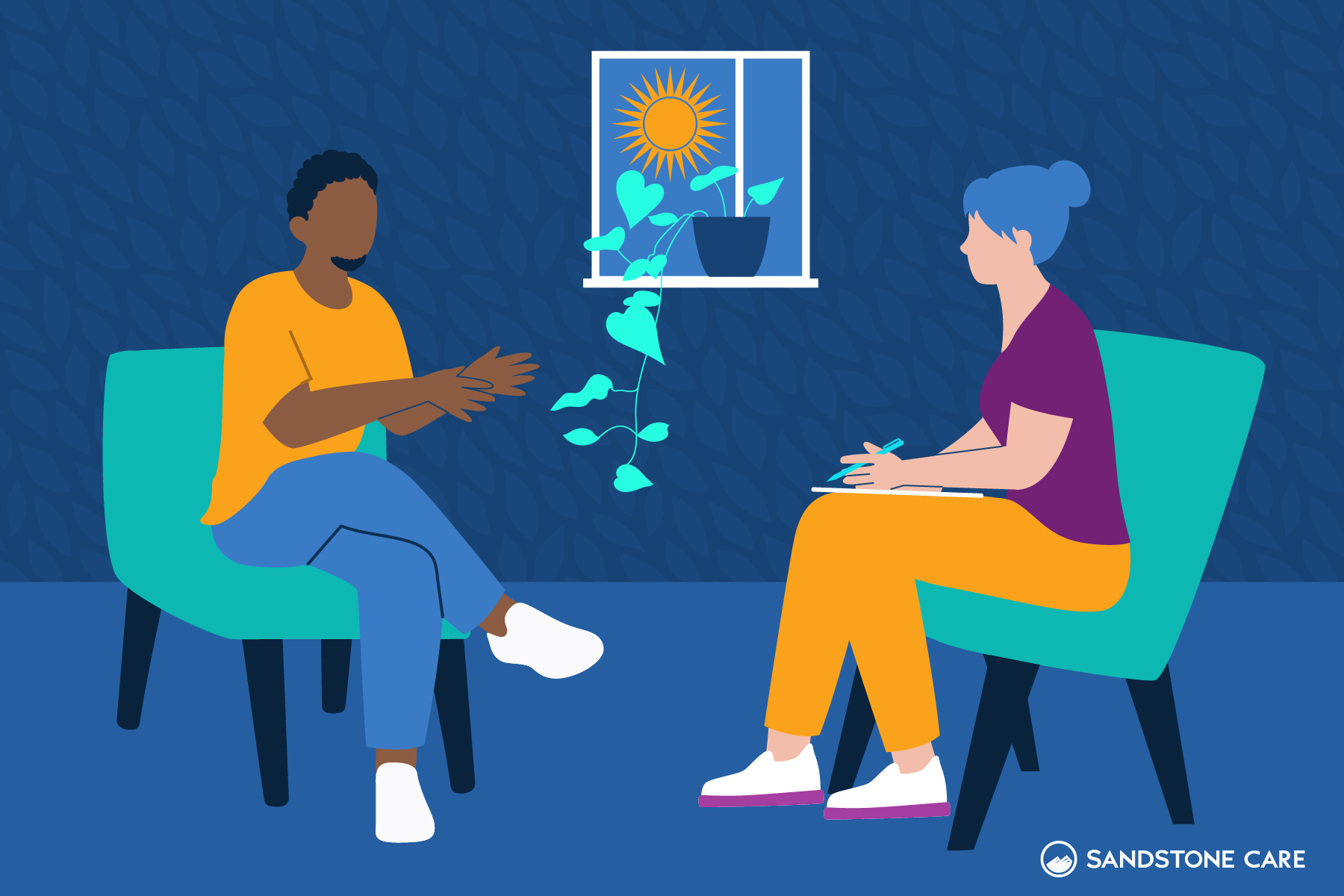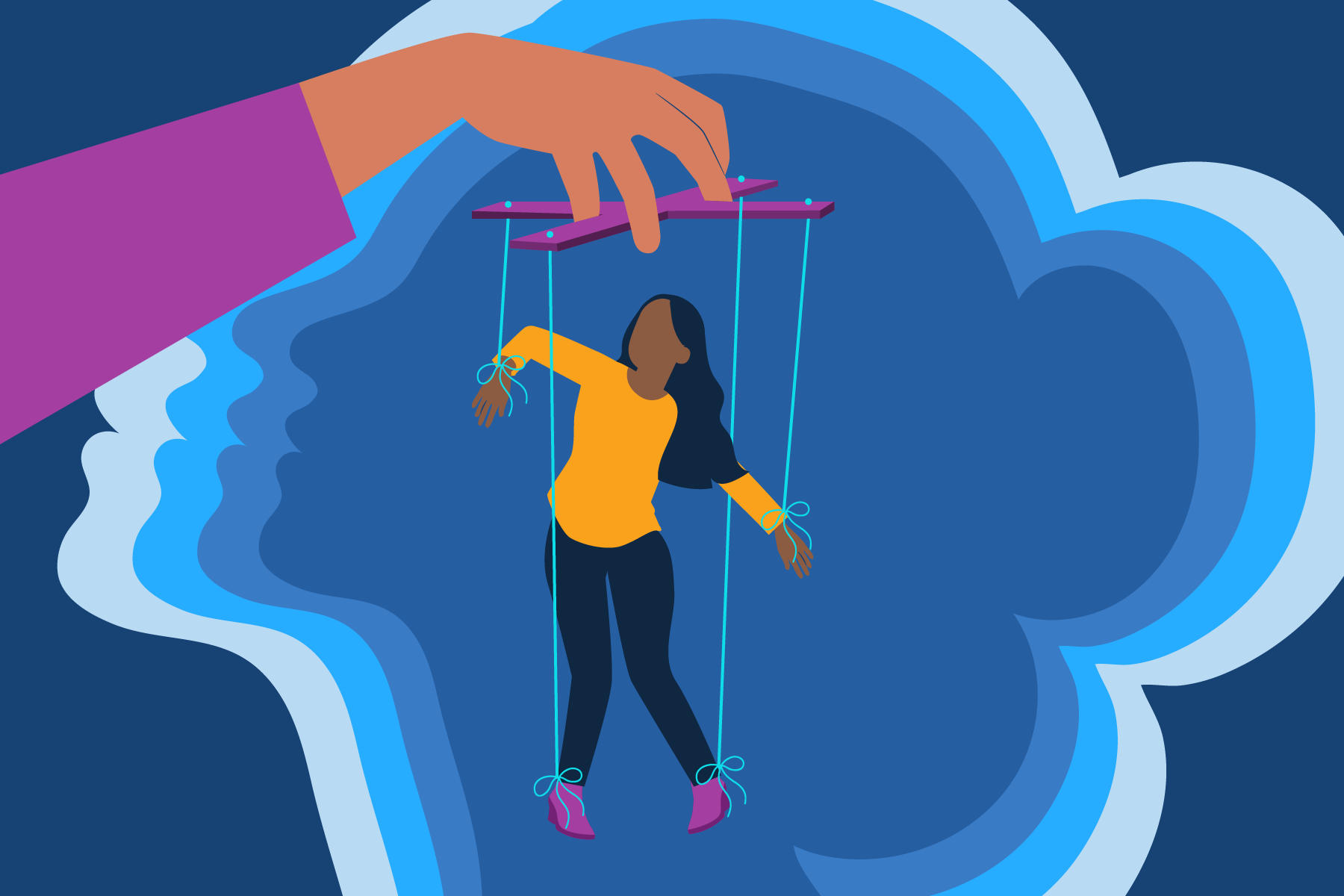What is Mindfulness?
The practice of mindfulness often gets confused with the more formal practice of meditation. Some imagine sitting cross-legged with fingers touching and saying “ohm” when they hear it mentioned.
But in truth, mindfulness is less about how you’re sitting or what you’re saying and much more about your intention. To put it simply, mindfulness is deliberate, focused attention on the present moment without trying to resist thoughts as they come and go through our minds.
While meditation goes back hundreds of years in the history of Hinduism and Buddhism, the practice that’s used today in schools, counseling and medicine has its roots in the late ’70s. The benefits of this practice have been well researched, and acquiring them is easier than you might think.
The Many Benefits of Developing a Mindfulness Practice
The practice of mindfulness has many benefits including:
- Decreasing anxiety symptoms
- Decreasing distractibility and rumination
- Preventing and treating depression
- Increasing emotion regulation
- Improving immune system functioning
- Increasing learning and cognitive abilities
Through the use of fMRIs and other brain scan devices, a Harvard research group has shown the actual changes that take place within our brains when we practice mindfulness regularly.
Some studies have shown that mindfulness-based cognitive therapy (MBCT) helped people suffering from recurring depression episodes by reducing their chance of relapse by 40 to 50 percent.
The American Psychological Association cites a number of studies supporting the effectiveness of mindfulness for reducing stress and negative thinking, boosting working memory and improving cognitive flexibility.
Another study published in the Journal of Psychosomatic Medicine found that 25 patients who received training in mindfulness had better immune systems than 16 patients who did not.

Mindfulness for Teens and Young Adults
For teens and young adults, some of the most important benefits of a regular mindfulness practice is the increased prefrontal cortex activity.
You may have heard that our brains don’t fully develop until we reach 26. While this number is generalized, the fact is that the prefrontal cortex – the part of our brain develops last – plays a crucial role in decision making.
As a teen or young adult, the decisions you make can have a long-lasting impact on the rest of your life. Mindfulness improves decision-making by increasing attention on the present moment and creating space for those decisions to be better thought out before they’re acted upon.
A 2007 study of people with anywhere from one month to 29 years of mindfulness practice showed that both had an easier time disengaging from emotionally upsetting images, and focused better on a cognitive task compared to those who did not practice mindfulness.
This tells us that another benefit, especially for teens and young adults, is less emotional reactivity. At the age when our bodies are changing and emotions can be in constant fluctuation, emotional reactivity can lead to poor decisions that wouldn’t otherwise happen.
Mindfulness for Substance Use Disorder and Addiction
Most people begin using drugs and alcohol as a means to escape the present moment, which is in direct contrast to what mindfulness asks us to do. By taking the time to notice the present – our bodies, emotions and thoughts – without judgment, we actually gain the ability to deal with discomfort better.
Rather than numbing away the emotions that may have driven someone to a substance in the first place, by sitting and noticing them, they can lessen the control those emotions have.
One study found that mindfulness-based interventions reduced the use of opiates, cocaine, marijuana, alcohol, cigarettes and amphetamines to a “significantly greater extent” than other treatment methods.
If your teen is struggling with substance abuse, a mental health disorder or a combination of both, finding the right program can make all the difference. Sandstone Care offers comprehensive programming specifically designed for youth – call us today at (888) 850-1890 to learn about treatment options and get advice on which may be the best for your family.






